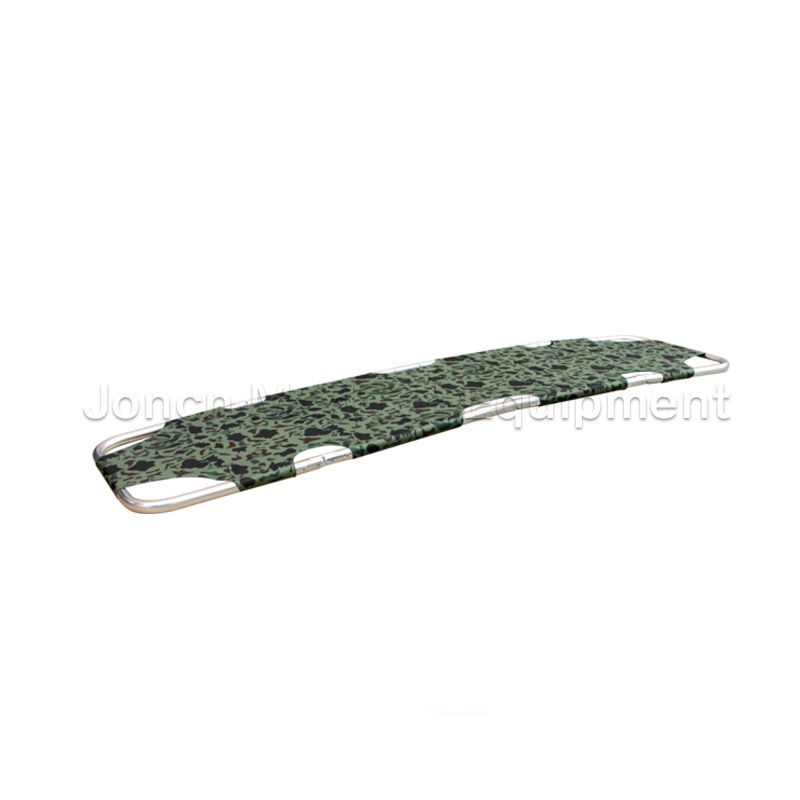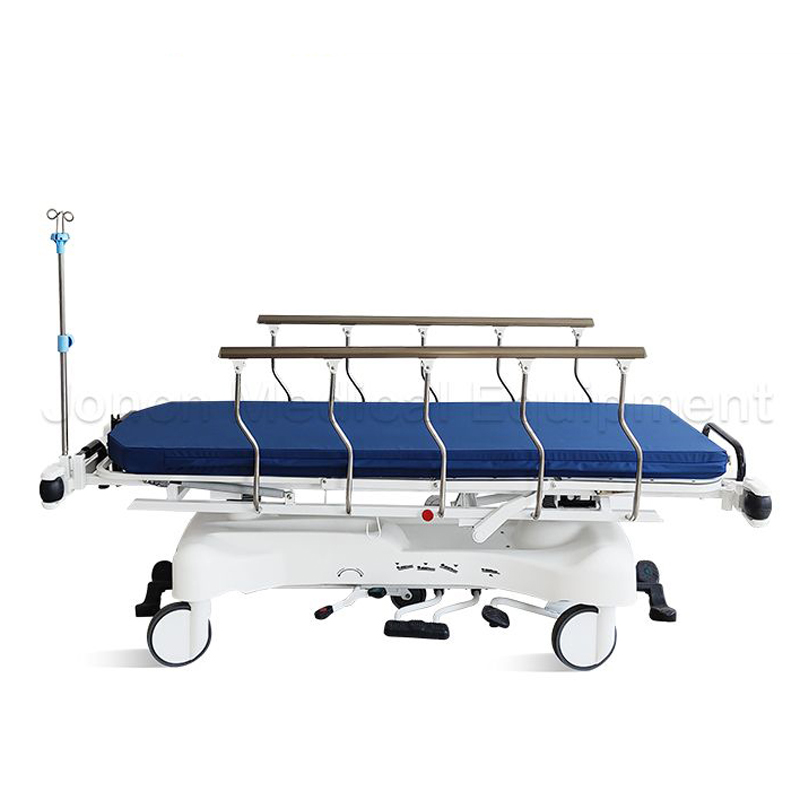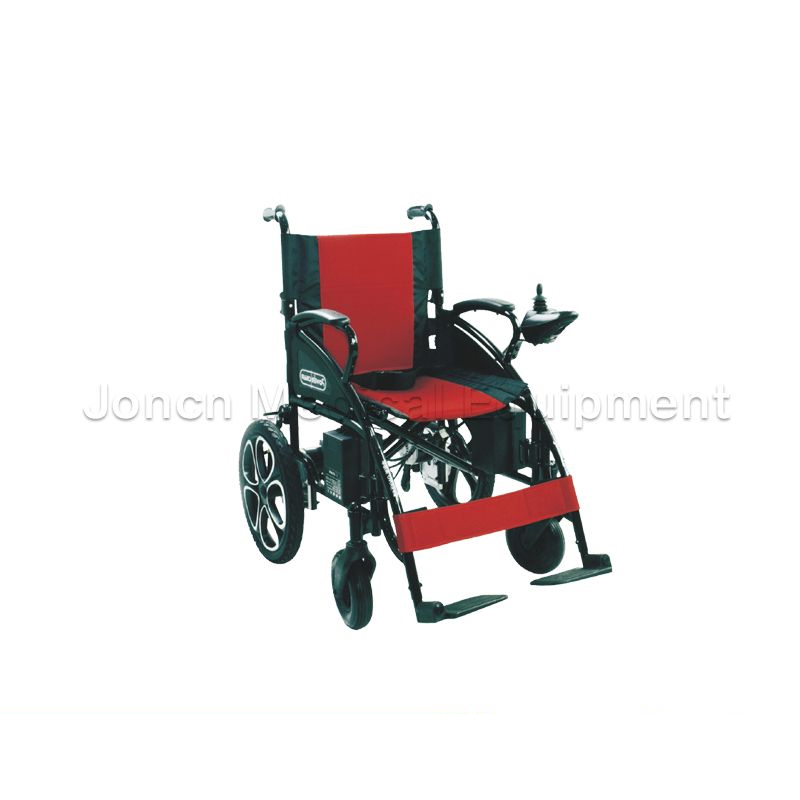
When it comes to the complex and precise world of surgery, proper lighting is not just a convenience—it's a necessity. Surgical lights, also known as surgical lamps or operating room (OR) lights, are specialized medical devices designed to illuminate the surgical site with high-intensity, shadow-free, and color-accurate light. The evolution of surgical light technology has led to a variety of types, each with unique features tailored to specific medical needs.
Before diving into the different types, it's crucial to understand the core features that define a quality surgical light:
Illuminance: This is the light's intensity, measured in lux. A good surgical light provides a high level of illuminance to clearly show the surgical field.
Color Rendering Index (CRI): CRI measures how accurately a light source reveals the true colors of objects. A high CRI is essential for distinguishing between different tissue types and blood vessels.
Shadow Management: The design of a surgical light system is critical for minimizing shadows caused by the surgical team's hands, heads, and instruments. Multiple light sources and specialized optics work together to achieve this.
Color Temperature: This refers to the "warmth" or "coolness" of the light, measured in Kelvin (K). Adjustable color temperature allows surgeons to choose the most comfortable and effective light for the procedure.
Heat Management: Early surgical lights, particularly halogen types, produced a significant amount of heat. Modern surgical light technology focuses on heat reduction to prevent tissue desiccation and increase surgeon comfort.
For many years, halogen technology was the standard for operating room lighting. These surgical lights use a halogen bulb to produce a bright, intense light.
Pros: They are well-known for their excellent color rendition and are often more affordable upfront.
Cons: Halogen lights generate a significant amount of heat, which can be uncomfortable for the surgical team and can dry out exposed tissue. They also have a shorter lifespan compared to newer technologies and require frequent bulb replacements.

Light Emitting Diode (LED) technology has become the gold standard in modern surgical environments. LED surgical lights have largely replaced their halogen predecessors due to their numerous advantages.
Pros:
Energy Efficiency: LEDs consume far less power than halogen bulbs.
Longevity: LED bulbs can last tens of thousands of hours, drastically reducing maintenance and replacement costs.
Minimal Heat: They produce very little heat, improving comfort and safety in the OR.
Adjustability: Many LED surgical light systems allow for precise control over light intensity and color temperature, enabling surgeons to customize the light for each procedure.
Cons: The initial purchase price for a high-quality LED surgical light system can be higher than that of a halogen system.
Hybrid systems combine different lighting technologies to leverage their respective strengths. A common hybrid setup might use both LED and halogen light sources. This allows for a balance of excellent color accuracy and energy efficiency, offering a transitional option for facilities that are upgrading their equipment.
Beyond the main categories, various specialty lights serve unique surgical needs:
Surgical Headlamps: These are lightweight, portable surgical lights worn on the surgeon's head. They provide focused, direct illumination that follows the surgeon's line of sight, which is particularly useful in intricate procedures like neurosurgery or dentistry.
Minor Surgery Lights: These are smaller, often mobile surgical light systems designed for outpatient clinics, examination rooms, and minor procedure areas. They offer the necessary brightness and clarity for less invasive procedures without the complexity of a full OR setup.
The choice of a surgical light system is a critical decision for any medical facility, directly impacting surgical outcomes and the comfort of the surgical team. As technology continues to advance, we can expect to see even more sophisticated and efficient surgical light options.

Welcome to our platform, where quality meets sustainability! Introducing our CD087003 design eco-friendly material baby crib for infant sleep, meticulously crafted to cater to the comfort and safety n...
See Details
The heavy-duty handles medical stretcher for patient transfer, model ST200002 – a robust and versatile solution designed for patient handling in various settings. With an open size of 185483CM and a f...
See Details
ABS material hydraulic stretcher trolley, meticulously engineered for seamless functionality and unparalleled performance in healthcare environments. With precise Technical Parameters including an ext...
See Details
Hydraulic gynecology operating theater table for hospitals, a solution designed to meet the rigorous demands of modern surgical environments. Crafted with precision and functionality in mind, this tab...
See Details
Joncn ABS plastic emergency cart, the quality choice, ABS plastic has impact and abrasion resistance, allowing it to withstand frequent use and cleaning and disinfection in medical environments. The l...
See Details
Foldable electric wheelchair with motorized power wheels, specially designed to enhance mobility and comfort for the elderly. Crafted with meticulous attention to detail, this wheelchair boasts a robu...
See DetailsIf you are interested in our products, please consult us
Products
Mobile terminal